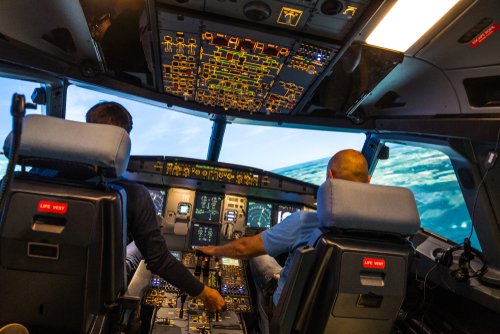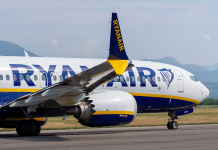Fatalities and serious injuries from turbulence are fortunately very rare.
Flight crews often predict bad weather and rough air prematurely and are trained to handle the results.
“Turbulence fatalities on business flights are fortunately very rare,” Dr. Paul Williams, Professor of Atmospheric Science on the University of Reading, told Euronews Travel.
He explained that turbulence could be attributable to storms, mountains, and robust air currents called jet streams.
Clear-air turbulence, nonetheless, is especially difficult since it doesn’t appear on the flight deck’s weather radar and is attributable to small-scale eddies too localised for many weather models to predict accurately.
Leading Cause of Non-Fatal Injuries
According to the International Air Transport Association (IATA), turbulence is the leading reason behind non-fatal injuries to passengers and crew.
However, severe injuries and deaths on large aircraft are unusual.
Between 2009 and 2021, 146 passengers and crew were seriously injured in turbulence incidents, in response to the Federal Aviation Administration.
John Strickland, a general aviation expert, told the BBC, “It just isn’t for nothing that airlines recommend keeping seat belts loosely fastened throughout a flight, be it long or short.”
Flight attendants, who spend more time on their feet than passengers, are particularly vulnerable to turbulence-related injuries.
They are 24 times more more likely to be seriously injured than passengers.
Escape the ordinary and discover the extraordinary! From bustling cities to serene landscapes, every journey begins with a single step—let us guide yours. Enjoy curated itineraries, hidden gems, and hassle-free bookings designed for explorers at heart. Whether it's a weekend getaway or a globe-trotting adventure, your Next unforgettable experience is just a click away.










